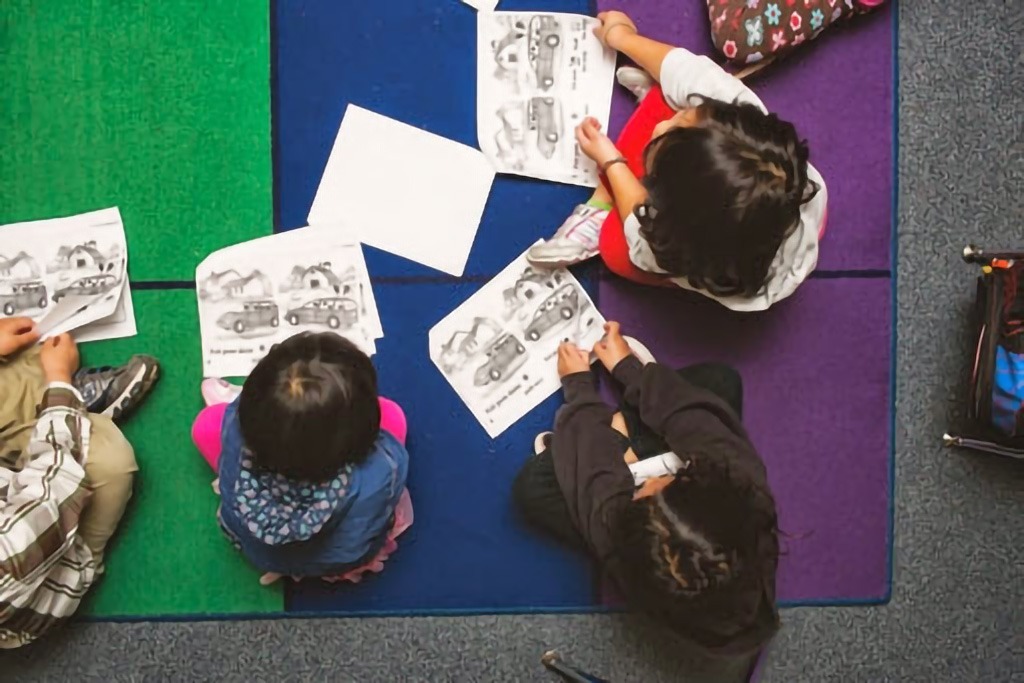
Hmong Traditions – Family & Gender Roles

Being part of a family has always been important to the Hmongs and it is one of the basic parts of a Hmong life. They have an old saying “to be with a family is to be happy and to be without a family is to be lost”. So in another words the larger the family is, the better it is. According to the Hmongs a larger family testifies success and prosperity. A Hmong family includes the immediate families to the extended families, with many cousins, uncles and aunts. Traditionally, in a Hmong home, a family living together under the same roof can consists of grandparents, their children and their grandchildren. This is called a multi-generational family and is usually members of the father’s clan as well as those who have joined the clan through marriage. This is also why Hmong people are very protective of their families. They believe that there is a reward, a great sense of pride in being independent providing for one’s family as tradition dictates. Everything is shared within the family.
In a traditional Hmong household, the men are ahead of the woman and child; and the women obey to the wishes of their husbands, their in-laws and their own parents. Children are loved and accepted by everyone. Everyone in the village or community is expected to keep an eye on their children and discipline them if they got out of line. Many Hmong elders believe that success is measured in numbers of family members and the satisfaction of working and living freely. They also believe that unlike in America, there is no sense of competition or keeping up with the neighbors. In America, the American people often don’t understand the Hmong culture and don’t understand why there is such a big gathering of Hmongs when there is a wedding, funeral or any other events. They don’t understand how anyone can have so many “cousins”, “uncles”, and “aunts”.
Back in Laos and Thailand the Hmongs who lived in extended families were fearful and nervous when they were separated and assigned to be flown to different parts of the world. Many times before their departure, the families would gather together in the camps for final instructions of their families and all the things that hold important to them. They would also be told not to forget about their heritage and lineage (Hawj). In the Hmong community age is defined not only by number of years but also by a person’s status within his or her family, by his or her ability to perform hard, physical labor, and by the use of generational titles. Order and authority in the household are maintained by respect for age. Younger brothers respect their older brothers; sons respect their fathers. Regardless of how many older siblings are in the family, the youngest child is especially revered and attended to. Often each child is responsible for the care and safety of the next youngest child.
You can see there is a definite separation between generations in the Hmong culture; the elder generation, the parents’ generation and the younger generation.





Responses